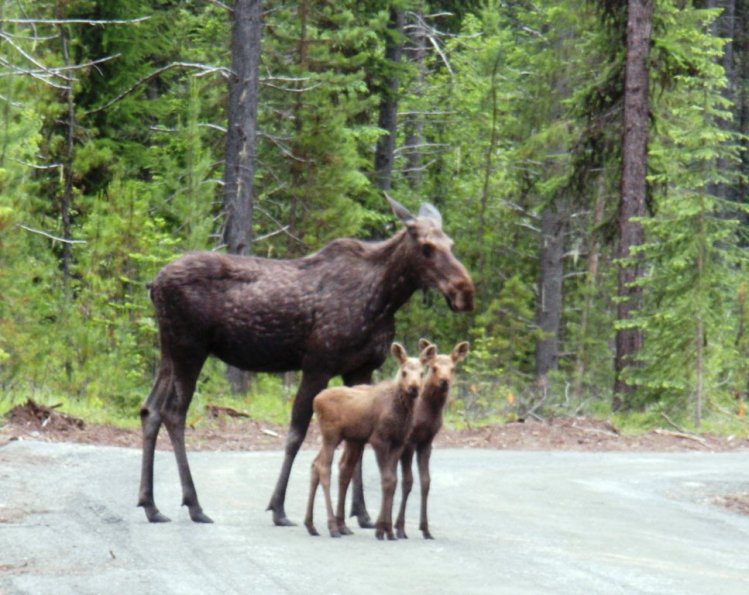
Here are links to articles about recent research, discoveries and other news about forests, climate, energy and other science topics:
University of British Columbia: Captured: Mysterious oyster killers
Researchers say they have apprehended the tiny, elusive parasites plaguing oysters from British Columbia to California. The parasite causes a disease in oysters that, while not considered a health threat to humans, makes the raw delicacy unappealing.
Pacific Northwest National Laboratory: Localized wind power blowing more near homes, farms & factories
When wind energy is mentioned, most people envision wind farms — expanses of wind turbines across the landscape — but a new report finds that Americans are increasingly installing wind turbines near their homes, farms and businesses to generate their own energy.
Scientific American: Why Is the Boreal Forest Breathing CO2 More Deeply?
The flow of CO2 into and out of the vast northern forests has been increasing in recent years, thanks to climate change. All that carbon appears to be enabling growth rates not seen in human history for the northernmost forest, according to a new study. Rosetta Stones (Scientific American blog): Hey, Puget Sound! Are Ya Bluffing, Punk? Well, Are Ya?
The Puget Sound shoreline is rich with dangerous, delicate, dramatic and delightful bluffs, many of which are in the neighborhood of 50-500 feet (15-150 meters) high. Enjoy them while you can because time, tides, wind, rain and good old gravity will wear them away.
UA News: One Tree’s Architecture Reveals Secrets of a Forest, Study Finds
Behind the dazzling variety of shapes and forms found in trees hides a remarkably similar architecture based on fundamental, shared principles, ecologists have discovered. Scientists may be able to draw realistic conclusions about the ecological impacts of trees across landscapes by sampling just a few individual trees.
Science Daily: Study Questions Nature’s Ability to ‘Self-Correct’ Climate Change
Forests have a limited capacity to soak up atmospheric carbon dioxide, according to a new study from Northern Arizona University. While plants absorb more carbon when CO2 levels are increased, soil loses carbon due to microbial decomposition; both reactions essentially balance one another out.
| Follow DNR on: |  |
 |
 |
 |
 |